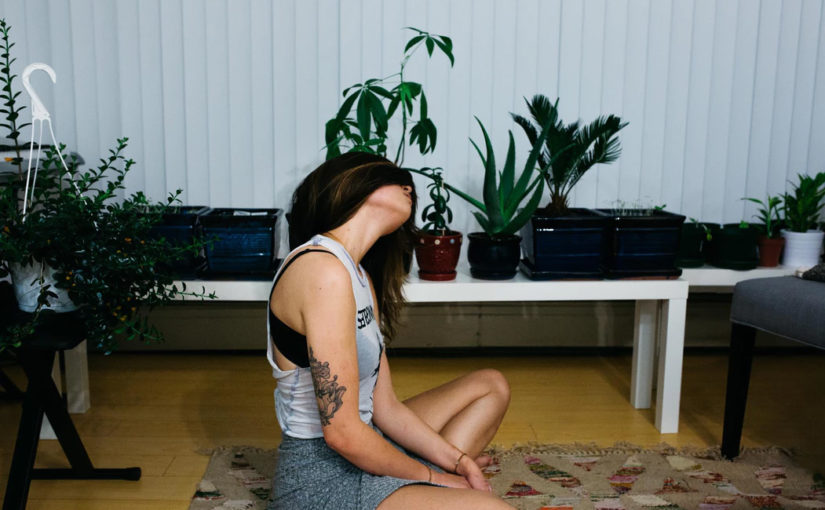A Guide To Creating A Yoga Sanctuary At Home
The yoga movement continues to grow in the United States as a new study has shown that there are 37 million people who practice yoga in the country. As the young and old discover this life-changing Eastern practice, it looks like yoga is here to stay as it has been proven to offer a wide array of physical and mental health benefits that rival other forms of exercise. The best way to learn yoga is to go to a studio that teaches it in a supportive and joyful way. But for those times when you can’t get to the studio, it may be a good idea to have a yoga sanctuary in your home. Having a place to relax and meditate without leaving your home allows you to continue doing yoga in between classes and retreats. Moreover, it’s a great way to have some ‘me’ time as you use the space to take care of your well-being. Here’s a guide to creating a yoga sanctuary at home.
Choose a room that’s free of noise and other distractions
A yoga sanctuary should be a space where you can bend, stretch, and meditate in peace. Try not to set up your yoga room in such a way that it’s facing foot or street traffic. You can have your yoga space indoors, but if you like being outdoors, then you should look into setting up your sanctuary in your backyard.
Make sure that your room has lots of natural light
Natural lighting can positively impact a person’s health and finances. Not only do you get to save on energy, but being exposed to natural light from the sun improves your mood by fighting stress and anxiety. Moderate amounts of sunlight can also heal skin conditions and lower the risk of certain cancers. Be strategic with the placement of your yoga sanctuary to ensure that it gets the right amount of sunlight for your health.
Use accessories to create a calming atmosphere
There are several things that you can add to your yoga sanctuary to make it more calming and inviting. Placing scented natural soy candles around your yoga room can make the space feel more serene, and lighting some candles while you’re doing yoga can help to enhance the healing effect of the practice. You can also add crystals, rocks, and plants to give your space a natural feel. Position a few speakers behind potted plants so you can play soothing music during your home yoga sessions.
Make your floor yoga-friendly
According to a research, American practitioners spend more than $10 billion a year on yoga-related products and classes. You don’t need to spend billions—or hundreds of dollars, for that matter—to create a yoga-friendly space. The most important thing that you need is a yoga-friendly floor. In truth, any flat surface will do, but for authenticity and comfort, you may have to choose to have hardwood flooring for your yoga sanctuary. For traditional hardwood floor alternatives, consider laminate wood flooring, bamboo, or cork flooring. Don’t forget to place yoga mats all over your yoga room floor.
Creating a yoga sanctuary can be a great way to invest in your health. Follow these tips to create a serene and peaceful environment that’s perfect for doing yoga at home.



